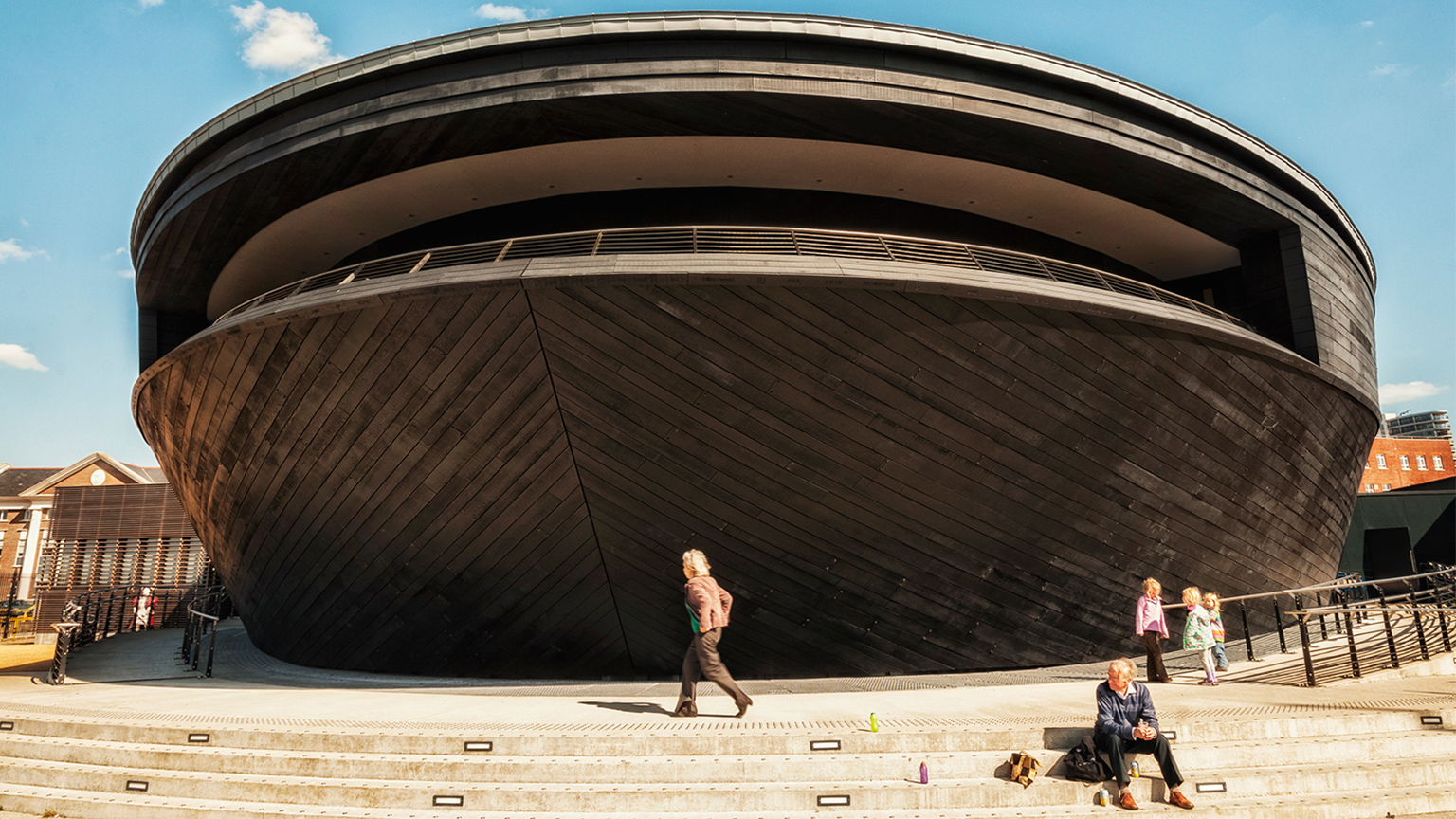On the hunt for surprising objects in the nation’s museums and galleries

The UK's museums and galleries are home to a host of surprising artefacts. Travel writer Georgina Wilson-Powell explores some of the more unusual items and places you can discover with a National Art Pass.
We all know London has some incredible culture on offer, but it’s important to look beyond the capital, especially when searching out some of the more surprising items in our museums’ collections.
I love finding the more unusual things out there, so here’s my round-up of some less obvious places to go to discover fascinating treasures across the UK.

Oxburgh Hall, Norfolk
Ever wondered what Mary Queen of Scots was up to while she was kept prisoner in East Anglia after Elizabeth I took the throne in 1558?
Well, needlepoint kept her fairly busy and you can see some of her efforts here at Oxburgh Hall, one of the finest examples of a Tudor manor house that still exists.
As well as checking out Mary’s needlework, you can also climb in a 'priest hole', where the family hid Catholic priests during the Reformation – one of the only examples in the country that you can actually try out.
The most keen-eyed visitors might also want to look out for the seven secret doors that connect passageways throughout the building.

Fashion Museum, Bath
You might think that all fashion happens in the capital, but that’s not always the case. In 1963, fashion historian Doris Langley Moore donated her private collection of clothing, spanning pieces from the 16th century to post-Second World War, to the city of Bath to found this fascinating museum.
Her collection included a rather natty range of men’s waistcoats from the 1740s, some miniature doll-sized Regency gowns and a whole gallery of Victorian ball dresses.
Since then, the museum has added other collections to its holdings, creating a veritable catwalk that goes back nearly 500 years and shows that, no matter the era, Brits have always liked looking good.

Ashmolean Museum, Oxford
50% off exhibitions with National Art Pass
Dating back to 1683, the Ashmolean is the oldest university museum in the world.
So what should you see? Well, the collection of pre-dynastic Egyptian jewellery, homeware and pottery – including a rather charming red clay hippopotamus – is pretty impressive, and alongside the ancients the museum has many memorable works by the likes of Turner, Constable, Picasso and Rembrandt.
But it’s some of the more surprising items that might especially intrigue visitors – like the lantern carried by Guy Fawkes during his infamous Gunpowder Plot in 1605, as well as the death mask of Oliver Cromwell, who, at the command of Charles II, was exhumed in order to be posthumously 'executed' some three years after his death.

Jupiter Artland, Edinburgh
50% off with National Art Pass
It’s not all about being cooped up indoors. Jupiter Artland is a sculpture park set in a picturesque 100-acre estate just outside Edinburgh, and it's well worth a visit for the surprising and powerful work that you encounter as you explore the grounds.
There are 30 permanent exhibits here, all created especially for the landscape by major artists such as Anish Kapoor, Anthony Gormley and Marc Quinn.
Kapoor's dizzying work Suck, a massive metal cage surrounding an intriguing void in the earth, can be found hidden in a woodland clearing, while Quinn’s Love Bomb, an impressive and colourful orchid sculpture, towers over the landscape and encourages viewers to reflect on the search for – and effort to maintain – physical beauty.

Mary Rose Museum, Portsmouth
50% off with National Art Pass
One of history’s most famous warships, the Mary Rose (Henry VIII’s favourite) sank off the coast of the Isle of Wight with around 400 crew on board in 1545. Recovered in the early 1980s in one of the most complex underwater excavations ever, she had spent nearly 500 years on the sea floor.
Now housed at this incredible museum on Portsmouth docks, the Mary Rose is the only 16th-century warship on display anywhere in the world. And thanks to the museum's clever architecture, you feel like you're walking around each level of the vessel, getting a real sense of what day-to-day life on a Tudor ship was like. The conservators have rescued everything from musical instruments to bowls to shoes.
Referred to by some historians as ‘England’s Pompeii’ for its eerie preservation of a catastrophic moment in time, the Mary Rose is a sight to be seen up close.
The National Art Pass offers holders a huge range of exhibitions, galleries, museums and stately homes to visit, either for free or at a reduced price.
The more you see, the more we do.
The National Art Pass lets you enjoy free entry to hundreds of museums, galleries and historic places across the UK, while raising money to support them.